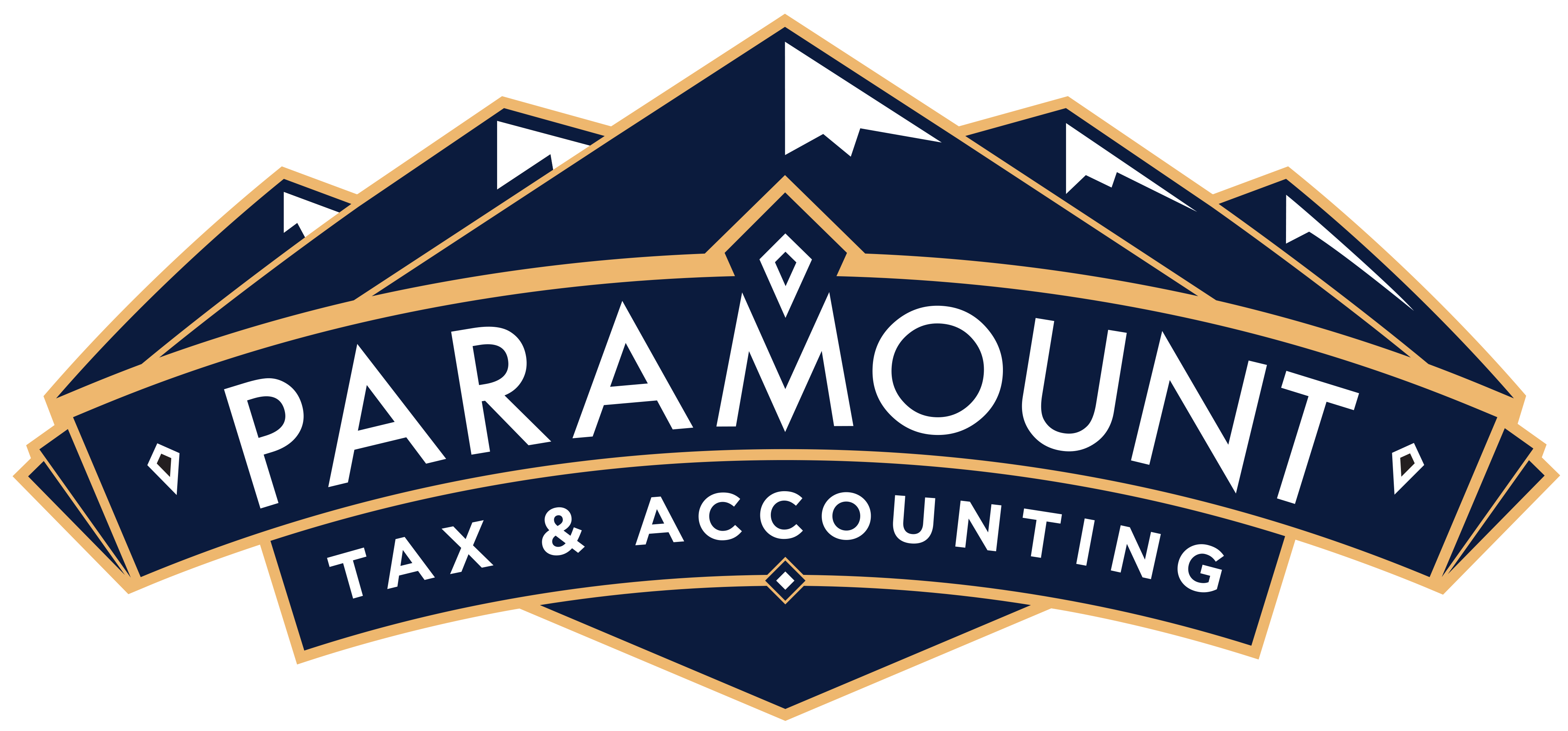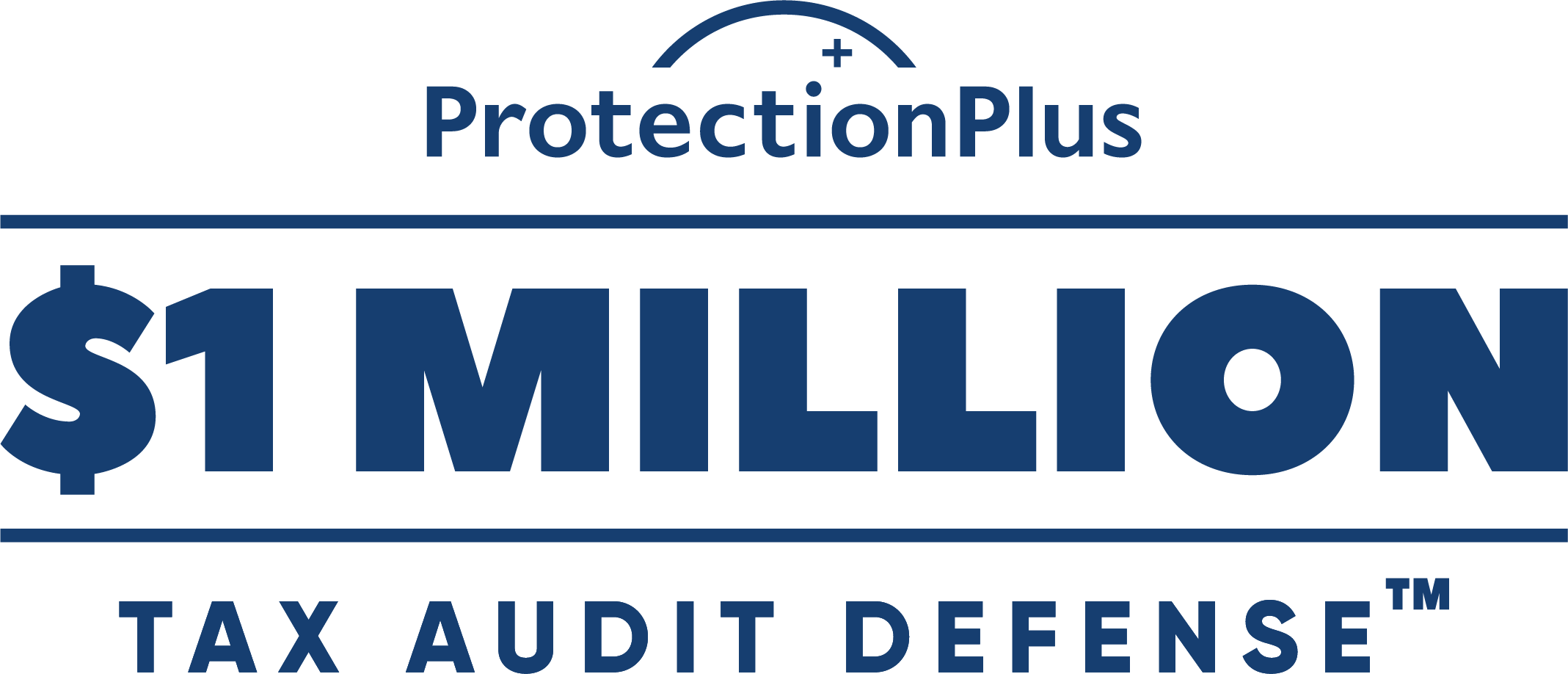Paramount Tax & Accounting Tustin Blog
Safe Harbors Help Taxpayers Suffering Property Losses - Tustin
Safe harbor methods are used by individual taxpayers when determining the amount of their casualty and theft losses for their homes and personal belongings. Four of the safe harbor methods may be used for any qualifying casualty or theft loss, and three are specifically applicable only to losses occurring as a result of a Federally declared disaster. (Contact Paramount Tax & Accounting Tustin's tax services in Tustin to learn more.)
For instance, one of the safe harbor methods allows a homeowner to determine the amount of loss, up to $20,000, by obtaining a contractor estimate of repair costs. Another safe harbor method allows a homeowner to determine the amount of loss resulting from a Federally declared disaster using the repair costs on a signed contract prepared by a licensed contractor. The guidance also provides a handy table for determining the value of personal belongings damaged, destroyed or stolen as a result of a Federally declared disaster.
Under the safe harbor method individuals may use one or more cost indices to determine the amount of loss to their homes as a result of Hurricane and Tropical Storm Harvey, Hurricane Irma and Hurricane Maria (2017 Hurricanes). The cost indices provide tables with cost per square foot for Texas, Louisiana, Florida, Georgia, South Carolina, Puerto Rico and the U.S. Virgin Islands (2017 Disaster Area).
These safe harbor methods are effective on Dec. 13, 2017, for losses that are attributable to the 2017 Hurricanes and that arose in the 2017 Disaster Area after August 22, 2017. IRS Publication 547, Casualties, Disasters, and Thefts provides more information on casualty and theft losses. Taxpayers can explore claiming these losses by filing an original or amended return for Tax Year 2016 or using the new revision of the 2016 Form 4684.
Questions about navigating casualty loss issues? Contact Paramount Tax & Accounting Tustin to learn more.


